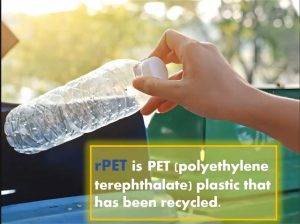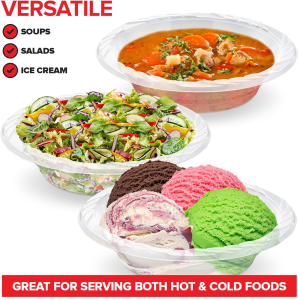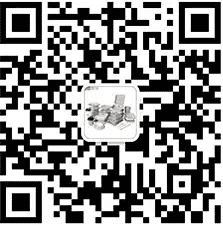The Role and Advantages of RPET in Food Packaging
In today’s environmentally conscious world, the use of recycled materials in various industries, including food packaging, has become increasingly important. Among these recycled materials, RPET (Recycled Polyethylene Terephthalate) has gained significant attention for its use in food packaging.
1.What is RPET?
RPET is a type of polyester plastic that is manufactured from recycled materials, primarily discarded plastic bottles. The recycling process involves collecting, sorting, cleaning, shredding, and melting these bottles to create new plastic granules. These granules are then used to manufacture various products, including food packaging.

2.What is the Difference between RPETand PET?
The key difference between RPET and PET lies in their source materials. PET (Polyethylene Terephthalate) is a type of plastic that is manufactured from virgin materials through chemical synthesis. It is commonly used in a wide range of applications, including food packaging. On the other hand, RPET is made from recycled plastic bottles, which have been discarded but can be repurposed through a recycling process.

3.Is RPET Safe?
Yes, RPET is safe for food packaging. It undergoes strict quality control measures during the recycling process to ensure that it is free from contaminants and meets the required safety standards for food contact. Additionally, RPET packaging is tested and certified by relevant authorities to ensure its compliance with food safety regulations.

4.What are the Advantages of RPETPackaging?
The use of RPET in food packaging offers several advantages:
Environmental Sustainability: RPET packaging significantly reduces the demand for new plastic, thereby reducing waste and carbon emissions. It also contributes to the circular economy by reusing discarded plastic bottles.
Reduced Carbon Footprint: The production of RPET requires less energy and generates fewer greenhouse gas emissions compared to virgin PET. This results in a reduced carbon footprint for food packaging.
Lightweight and Durable: RPET packaging is lightweight, making it easier to transport and reducing fuel consumption. At the same time, it maintains good mechanical properties and durability, ensuring the safety and integrity of the packaged food.
Safe for Food Contact: RPET packaging is safe for food contact and meets relevant safety standards. It does not contain harmful chemicals or contaminants that could potentially affect the quality or safety of the packaged food.

The use of RPET in food packaging is a step towards a more sustainable future. By reusing discarded plastic bottles, RPET packaging reduces waste and carbon emissions while ensuring the safety and integrity of the packaged food. Some common examples of food packaging made from RPET include containers, trays, lids, and wrapping films. These packaging solutions are suitable for a wide range of food products, including ready-to-eat meals, snacks, and beverages.
In conclusion, RPET packaging offers significant environmental advantages compared to traditional virgin PET packaging. By choosing RPET packaging for food, consumers and businesses can contribute to a more sustainable future while ensuring the safety and quality of the packaged food.






